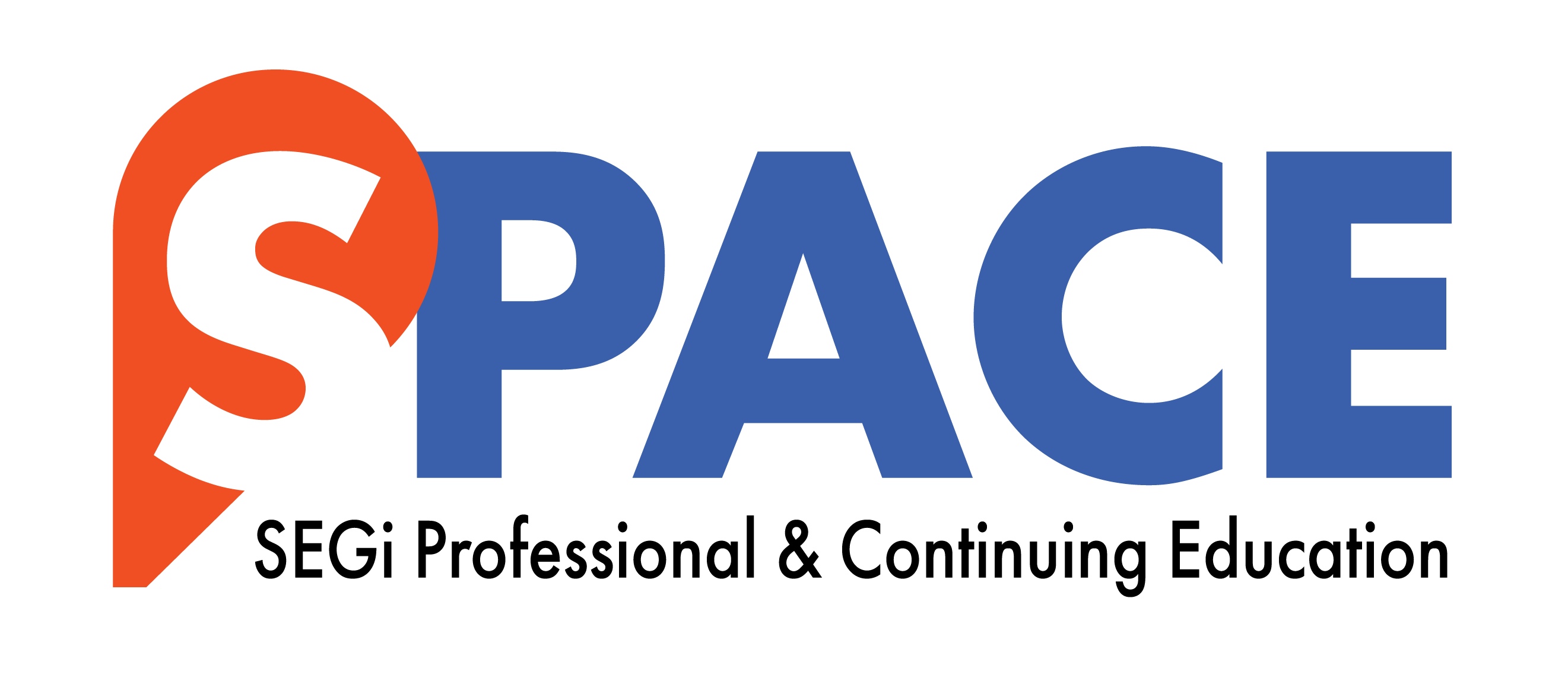Flexible Learning That Enhances Your Potential
Micro-credential certification in Substance Abuse PSY3194 (BPSY)
Overview:
Awarding Body:

This programme is designed, delivered, assessed and awarded by SEGi University.
Discipline:
Psychology
Entry Requirements:
Entry Requirements - No
Age Experience - 23 Years Above
Language Proficiency - Yes
Numeracy Proficiency - No
Pre-requisites - No
Contents:
- The Role of the Mental Health Professional in Prevention and Treatment
- The Need for Generalist Training
- Philosophical Orientation
- Professional Orientation
- Attitudes and Beliefs
- Denial, Minimization, Projection, and Rationalization
- Helping Attitudes and Behaviors
- Classification of Drugs
- Case Examples
- Comprehensive Drug Abuse Prevention and Control Act
- The Concept of Dangerousness
- Definitions
- The Neurobiology of Addiction
- Central Nervous System Depressants
- Central Nervous System Stimulants
- Opioids
- Hallucinogens
- Cannabinols
- Inhalants and Volatile Hydrocarbons
- Anabolic Steroids
- Club Drugs
- Drugs Used in the Treatment of Mental Disorders
- Models of Addiction
- The Moral Model
- Sociocultural Models of Addiction
- Psychological Models of Addiction
- Disease Concept of Addiction
- Biopsychosocial Model of Addiction
- "creening, Assessment, and Diagnosis
- Definitions of Use, Misuse, Abuse, and Dependence or Addiction
- Screening
- Psychosocial History
- Signs of Adolescent Substance Abuse
- Self-Report Inventories
- Referral
- Diagnosis
- Motivational Interviewing and Brief Interventions
- Client Engagement
- Motivational Interviewing
- Brief Interventions
- Treatment of Alcohol and Other Drugs (AOD)
- Recovery Oriented Systems of Care
- How Many Are in Treatment? How Many Need Treatment?
- What Happens in Treatment?
- Treatment Strategies and Techniques
- Treatment Settings
- Principles of Effective Treatment
- Evidence-Based Treatment
- Treatment and Special Populations
- Case Example Applications
- Treatment Effectiveness
- Special Problems in Treatment
- Relapse Prevention and Recovery
- Need for Generalist Training in Relapse Prevention
- Definitions of Slip and Relapse
- Frequency of Slips and Relapse
- Is Relapse in Addiction Similar to Other Chronic Conditions?
- Models of Relapse Prevention
- Essential Components of Relapse Prevention
- Preventing Slips from Escalating
- Recovery
- Co-occurring Disorders and Other Special Populations
- Early clinical and research approaches
- Recent clinical approaches
- Twelve Step and Other Types of Support Groups
- Alcoholics Anonymous
- Other Twelve-Step Groups
- Advantages and Disadvantages of Twelve-Step Groups
- Other Types of Support Groups
- Case Example Applications
- Children and Families
- Children’s Exposure to Alcohol and Other Drugs
- Family Exposure to Alcohol and Other Drugs
- Intergenerational Transmission of Alcoholism
- Women and Alcoholism
- Stepfamilies: System and Structure
- Helping Families
- Adult Children and Codependency
- Adult Children of Alcoholics (ACOAs)
- Assessment and Treatment Considerations
- Codependency
- Implications for Mental Health Professionals
- Relationship of ACOA, AA, Al-Anon, and Codependency
- Codependency and Diversity
- HIV/AIDS
- Incidence and Prevalence
- Myths and Facts about HIV and AIDS
- Risk Factors and High-Risk Populations
- Assessment of Clients for HIV and AIDS: Signs and Symptoms
- Helping HIV-Infected Clients
- HIV-Related Issues Specific to the Helping Professional
- Gambling and Other Behavioral Addictions
- Prevalence of Gambling and Gambling Problems
- Definitions of Gamblers and Problem Gambling
- Assessment and Diagnosis
- Treatment, Resources, and Support
- Other Addictions
- Food Addiction: The Eating Disorders
- Addiction to Sex and Love
- Internet Addiction
- Addiction to Work: Workaholism
- Assessment and Treatment Issues
- Prevention
- Why Are Prevention Efforts Needed?
- Policy Issues in Prevention
- Prevention Classification Systems
- What Works in Prevention
- Case Example Applications
- Evidence-Based Prevention
- Prevention Resources
- Prevention Specialists
Assessments:
Coursework - 60%
Exam - 40%
Credit Transfer:
Upon successful completion of this Micro-credential certification in Substance Abuse (BPSY), students will be able to transfer grades and credits into the following programme(s):
- Bachelor of Psychology
Continuing Education:
Upon successful completion of this Bachelor of Psychology programme and meeting the necessary entry requirements, students will be able to progress into the following programme(s):
- Master of Psychology
